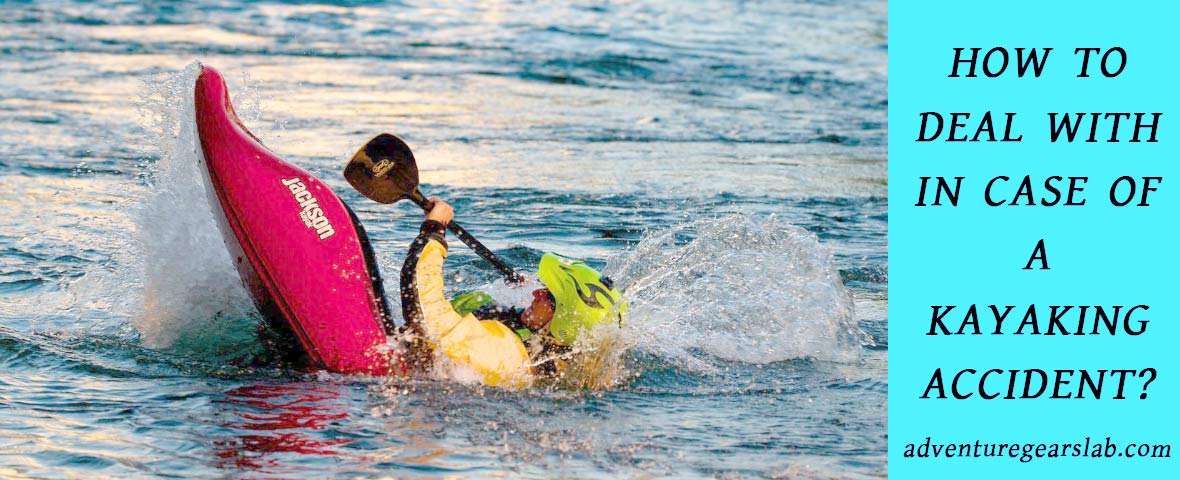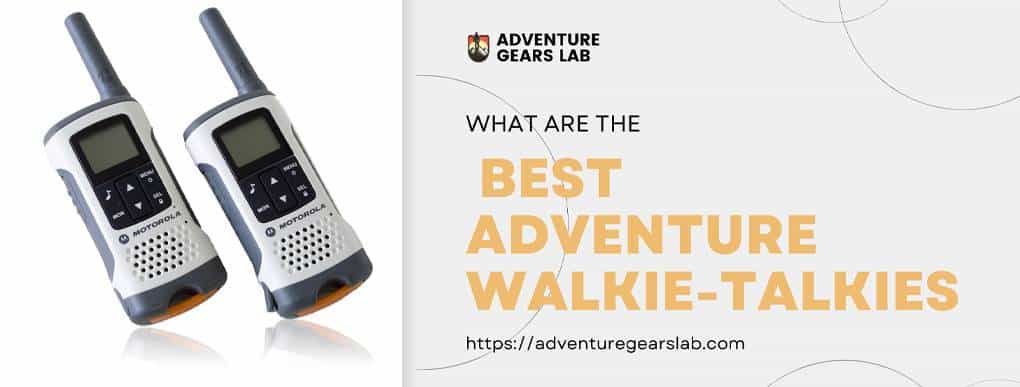Scopes can change your shooting experience and really enhance it. They allow for greater accuracy and often a far better shooting experience. So, whether you’re shooting a rifle or shooting with your AR-10 - here is what you need to know about shooting with scope.
Pay Attention to the Action Fit and Trigger Pull

If you want to make an accurate shot, it is important to ensure good trigger pull. We regularly come across hunting rifles that have trigger pulls ranging from awful to very good. In the worst-case scenario, the hunting trigger has a lot of creep and can break at any time. If that happens to you, we recommend visiting a gunsmith.
You will be out by around $100 but it will be worth it. If you want to get a fully adjustable replacement trigger, you will have to spend anywhere from $40 to more than $100.
Another important factor that affects accuracy is the fit of the action to the bedding or the stock. A custom bedding job goes a long way in improving the accuracy of most hunting rifles.
Expect to spend around $150 for bedding work and it usually takes a gunsmith a lot of time to do this job. We decided to get the bedding work done on a rifle when we were unable to shoot tight groups with it even after trying a variety of bullets.
Choosing the Right Bullet
There isn't a one size fits all solution for this. You need to do a lot of trial and error in order to find the right bullet for your rifle as every rifle is different. You need to try different bullets in order to discover just the right bullet for your rifle.
We recommend trying a variety of bullet weights at the range. When you change the bullets, it is important to clean the barrel or to make sure firing at least 5 shots of the new bullets in order to settle in the bore. When cleaning the rifle, ensure two fouling shots with new bullets in order to settle in the bore.
When you are switching to coated bullets from non-coated ones, it is important to clean the bore. You should also make at least 5 shots for proper coating of the bore before you test it for accuracy.
On the other hand, when you are moving to non-coated bullets from coated ones, you should thoroughly clean the bore. Also, don't forget to fire at least two fouling shorts with the new bullets before you begin to test the rifle for accuracy.
Bore Sighting the Rifle
Shooters often come to the range with rifles that have been newly scoped and they are still unable to shoot a target at a distance of 100 yards.
We begin at 25 yards. We begin by centering the target through the bore after removing the bolt. We also check the scope to make sure that cross hairs are on the same spot.
A couple of fouling shots are then fired. One more shot is then fired for accuracy. After this, scope is adjusted to make sure that bullet hits the center of the target. In case a large adjustment needs to be made, we often take one more shot for fine-tuning adjustments.
Don't forget that when you are adjusting a scope at 25 yards, you will need to make 4 times the adjustment as compared to the target distance of 100 yards. After making the adjustments, the target is set at 100 yards to test for group size and accuracy.
It takes a lot of time and patience to test for accuracy. Also, your rifle barrel shouldn't overheat. If the barrel is overheated, your shot group might open up and it will definitely cause the center of impact to go up.
If your hunting rifle has a good quality scope with lapped rings and you have found the perfect bullet for your rifle, and have broken in the barrel, the group size should be a maximum of 1.5 inches at a distance of 100 yards.
We believe that you should be able to finally get your group size to a maximum of 1 inch with modern rifles and ammunition after a little practice at the range.
Even when your rifle has a 1.5 inch group at a distance of 100 yards, the group size becomes 4.5 inches at a distance of 300 yards which is accurate enough to shoot deer ethically at such distances.
After doing all this, if you are still not able to achieve consistent accuracy, it's time for you to go to a gunsmith and get your gun checked. Don't forget to spend some additional time practicing once your gun has been properly serviced.
Zeroing the Rifle for 200 Yards
Take a close look at the drop chart in the photo gallery below for various deer hunting loads that have been zeroed at a distance of 200 yards.
You will find that when you have a 200 yard zero, the crosshairs can be easily placed on a deer's vitals and you won't need to make any adjustments to your aim for up to 250 yards.
We understand that some hunters shoot at a distance of less than 200 yards but there are others who have to shoot at a father distance.
This chart is designed to help you figure out the group size for your rifle at various distances.
You can be accurate without a 200 yard range. Take a close look and you'll find that at a distance of 100 yards, you need to zero the rifle around 1.75 inches high and be accurate at a distance of 200 yards. We take a shot from a cold barrel to test the final zero for a hunting rifle that, so far, had only two fouling shorts.
If you think about actual field conditions, you will always shoot the deer with a cold barrel. In normal circumstances, we will clean the hunting rifle barrel again only at the end of the season.
You also need to take weather conditions into account. In case your hunting rifle has been zeroed during the peak summer months, you will find that the bullets have a lower impact when you use the rifle during the colder winters months.
Therefore, it is recommended to get that final zero on the hunting rifle when the temperature range is much closer to the expected temperature range in the hunting season.
Stay in the Rifle
It might seem strange but more hunters miss a deer at 30 yards than at a distance of 300 yards. So many of our friends have asked us to check the zero of their rifle when they missed at a close range.
In fact, they missed at such a close range that they think something is not right with their rifle. When you shoot a deer at such a close distance, you tend to admire that shot but you end up making a lot of movement and miss the shot.
So, it is important for you to follow through your shot with the recoil and you need to ensure staying in the rifle.
You have put a lot of efforts in the QDM program. You have also spent a lot of time on learning and maintaining various tools of habitat and about deer management and use of various other tools ranging from trail cameras to food plot implements to your chainsaw. In addition to these valuable tools, you also need to pay attention to your rifle.
You will have a much better time with it when you take some time to learn how to use it properly. After all, making that first shot count is going to be a highly rewarding experience in your overall QDM efforts.









